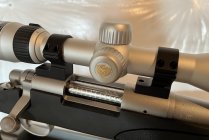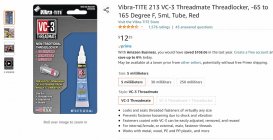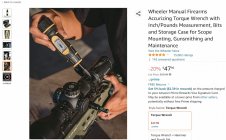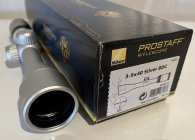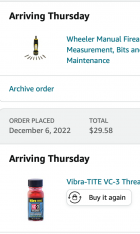I've found that most installation videos or articles are just trying to sell you tools you don't need. There are 3 main things to address when installing a scope:
1. Mounting bases/rings with the proper amount of torque. Lightly oil all screws and use a calibrated inch-pound screwdriver. This tool is actually not needed if you have a fair amount of mechanical experience and a good feel for tightening screws. The main thing is not to over-tighten things or you could cause damage to your scope, the mounts, or your receiver.
2. Lapping the scope rings. Some people swear by this, others don't really care. With good quality mounts it's less of a concern. Not lapping the rings can cause slight ring marks on the scope, which are unsightly if you ever decide to sell the scope or move it around so the ring marks show. This process requires special tools and lapping compound. You can place your scope into the bottom halves of the rings and see if it appears to be aligned. If everything seems pretty straight you probably don't need to worry about lapping, but it certainly won't hurt.
3. Probably the most debated subject...leveling the scope. For shooting inside 500 yards, and for anyone not using a bubble level attached to the scope, this is not nearly as critical as some will have you believe. You can just eyeball it most of the time and be fine. Personally I will level the rifle in a gun vise (you have to pick a surface to level, such as the bolt rails, the scope bases, or my favorite is the top of the stock). I will take 2 small blocks of equal size, place one on each side of the barrel so it's touching the stock, and put a small carpenter's level across the 2 blocks. This levels the stock and presumably the entire rifle. Before starting this process get the front to back position figured out (eye relief) and mark the scope with tape or something. Get the rifle leveled, then use a plumb line of some kind to get the scope reticle aligned with the rifle. You can use a door jamb (check for plumb first), an actual plumb bob, or a laser level. Anything you know to be a reliable vertical line (horizontal lines work too if that's more convenient). Look through the scope, align your reticle, and carefully tighten the rings to avoid moving the scope. If installing a scope level you can do it at the same time. Torque the screws to spec and you're done.
